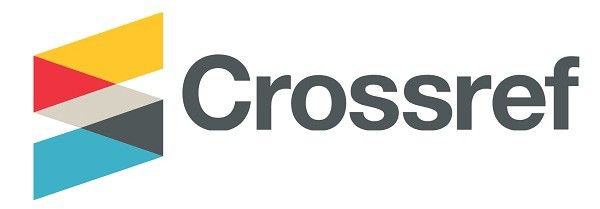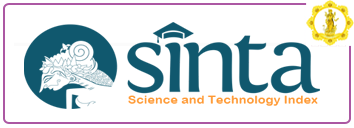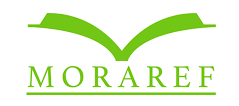PENERAPAN E-LEARNING DENGAN MENGGUNAKAN PENDEKATAN E-PORTOFOLIO DALAM UPAYA MENINGKATKAN PEMAHAMAN MAHASISWA
DOI:
https://doi.org/10.25078/jpm.v8i1.761Abstract
This study aims to implement an e-learning model with an e-portfolio approach in the Taxation subjects at the International Business Management Program Study, Business Administration Department, in an effort to improve students level of understanding. The implementation of e-learning is carried out with various methods and it is necessary to change the way of teaching in order to attract attention and make students interested in learning and liking the concepts of the subjects being taught. In the process, an assessment process is also needed as an assessment of student learning outcomes. One that is implemented is an assessment portfolio which is currently supported by increasingly sophisticated technological advances so that it is called an electronic portfolio or termed an e-portfolio. The benefits of this e-portfolio for students include learning effectively and responsibly, collaborative learning opportunities, allowing creating more network connections, getting used to being critical in solving problems/cases so that if we will be able to shape the character of students who are professional and competitive in accordance with vision and mission of Politeknik Negeri Bali. The population in this study were students in the International Business Management study program in the Business Administration Department of Politeknik Negeri Bali, who were taking a Taxation subjects. The method used in this research is Design Based Research (DBR). The results of the needs analysis obtained from the questionnaire to students are used as a reference in forming the design of this model. a model that is a framework in 4 (four) stages of a framework in 2 (two) online learning environments, namely: synchronous and asynchronous. Furthermore, the results of the implementation of the model on students showed an increase in student learning outcomes and understanding of taxation subjects with an increase in the average score of students from 71.58 to 88.11. This is also supported by the feedback given by students and validators after the model implementation process is implemented.









